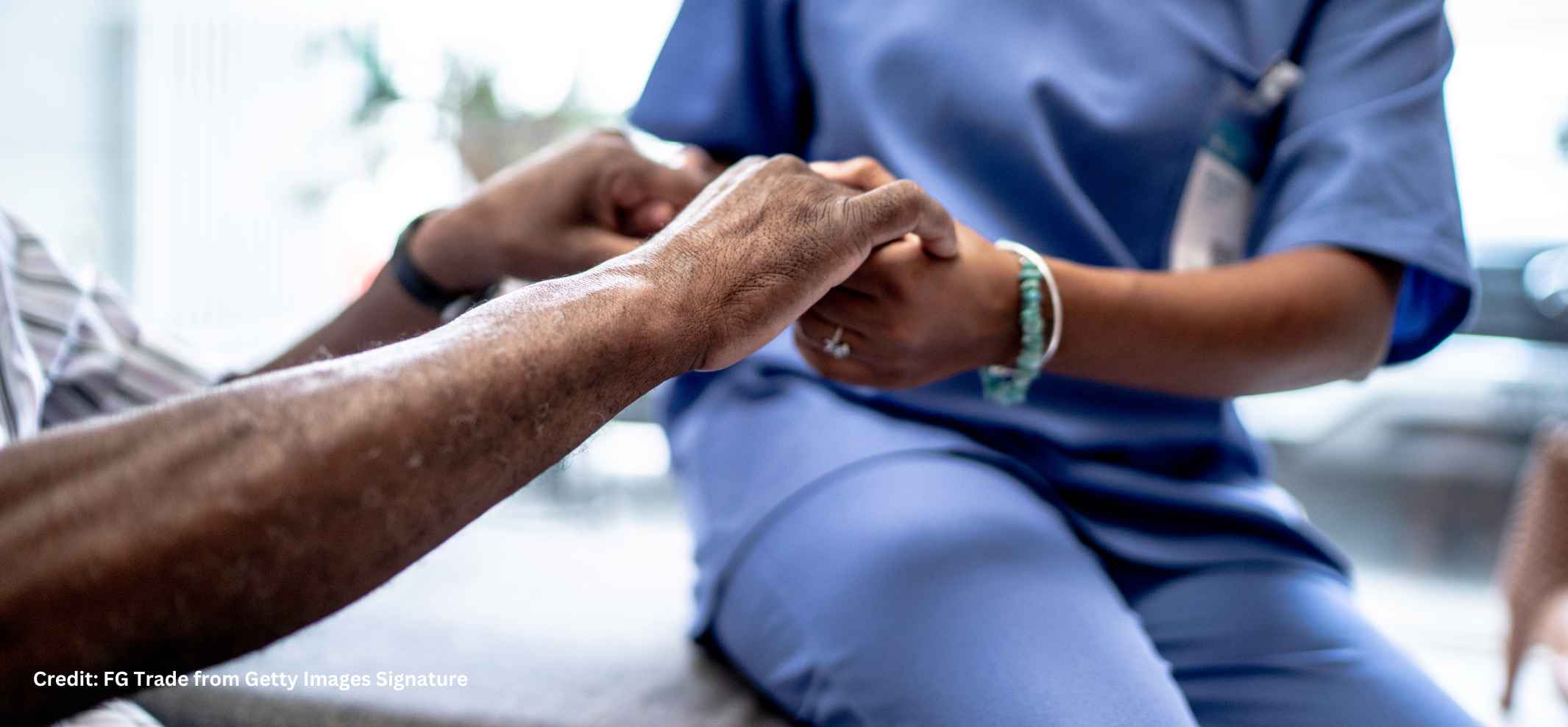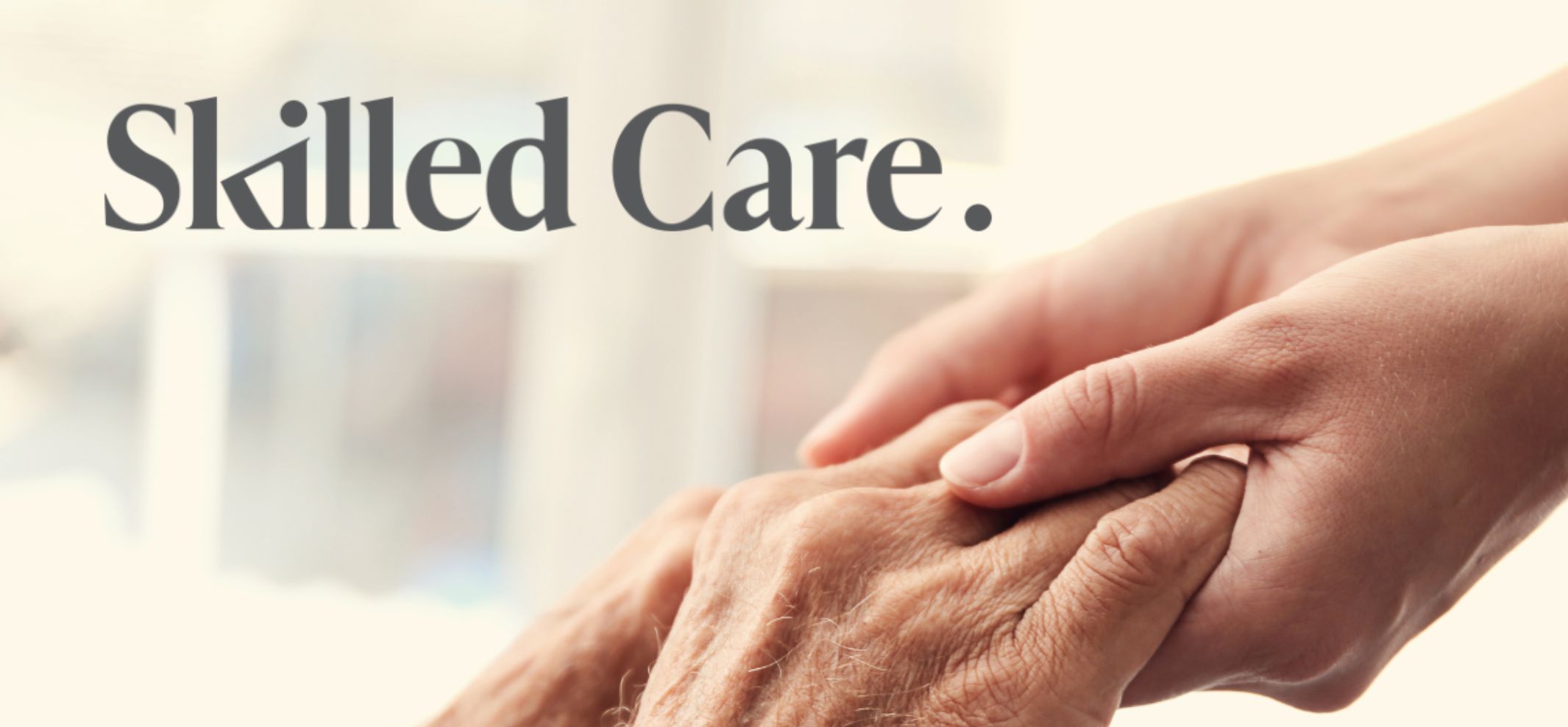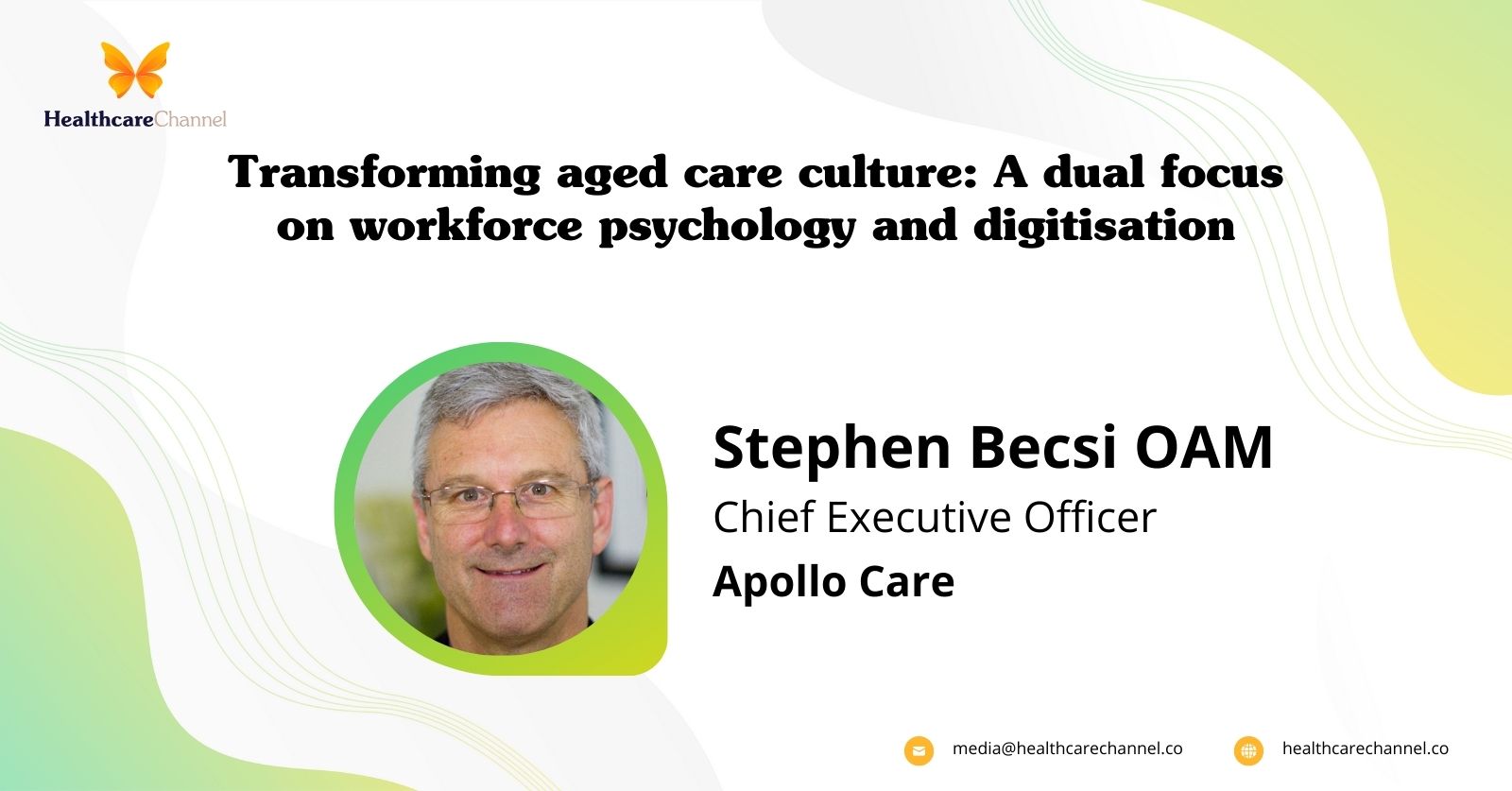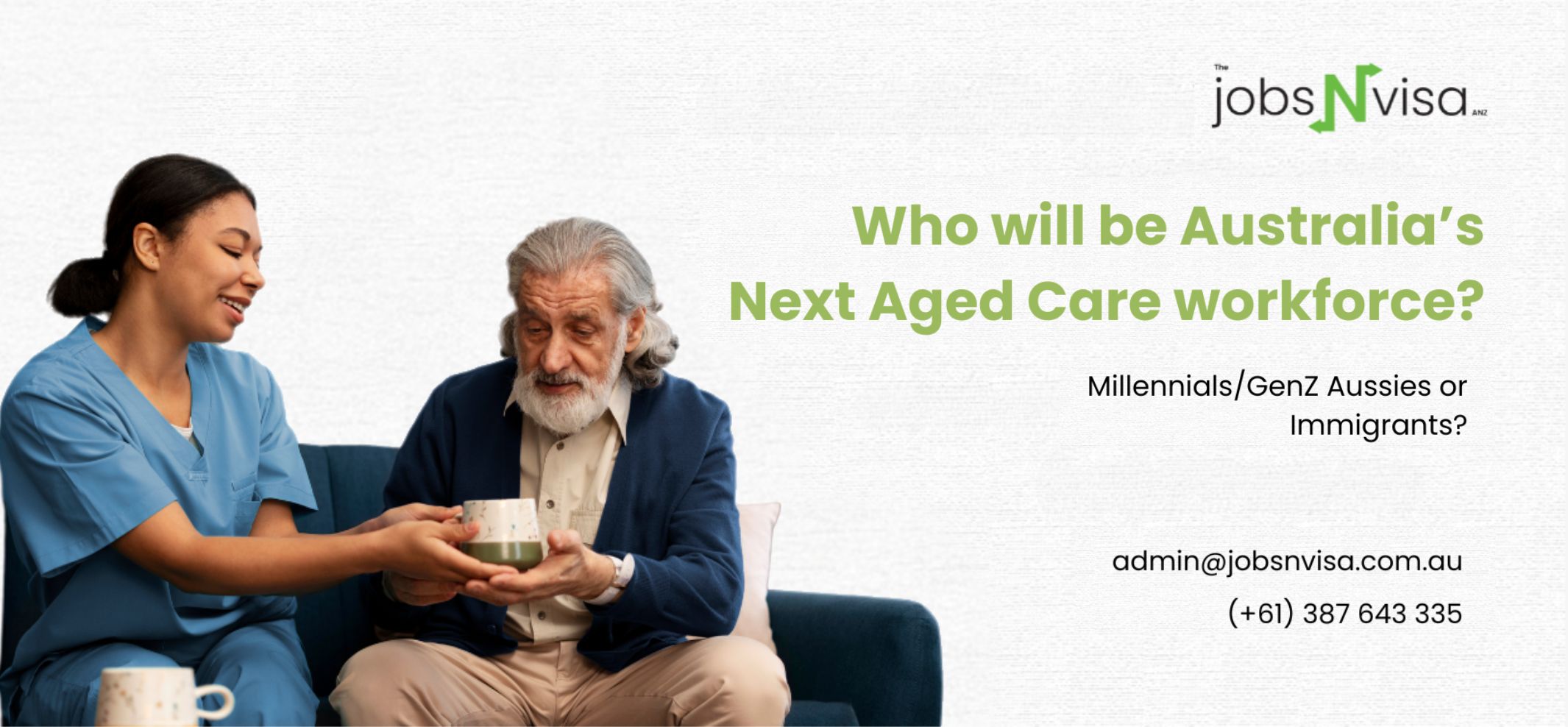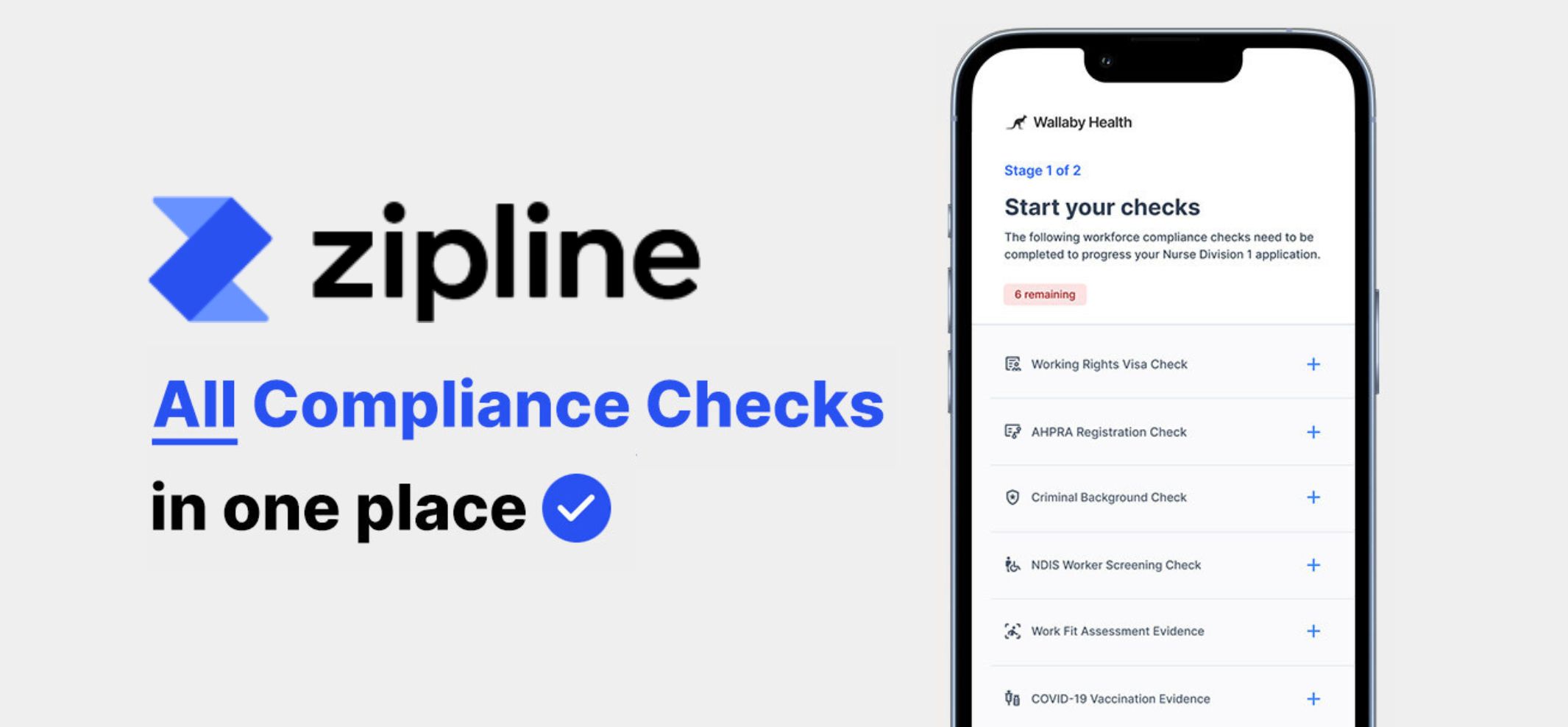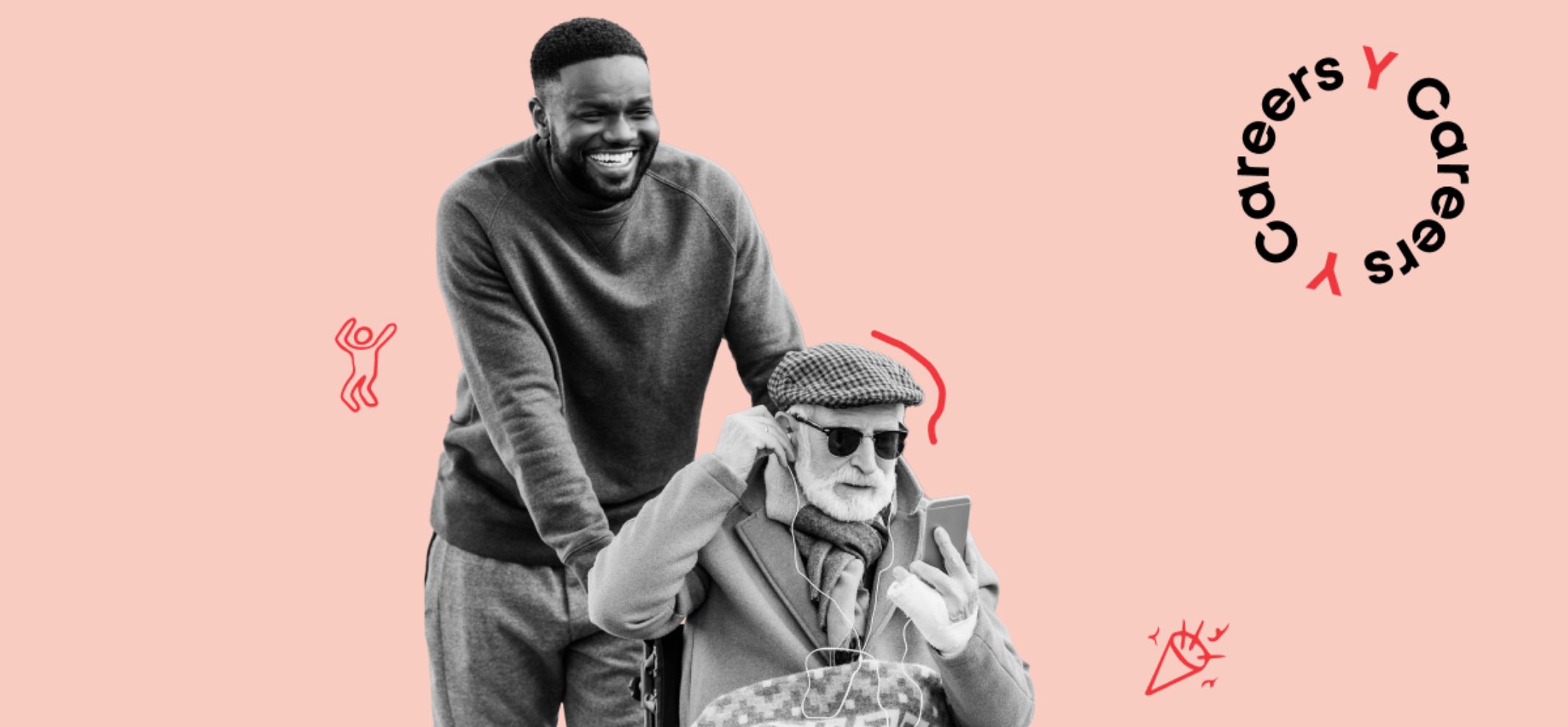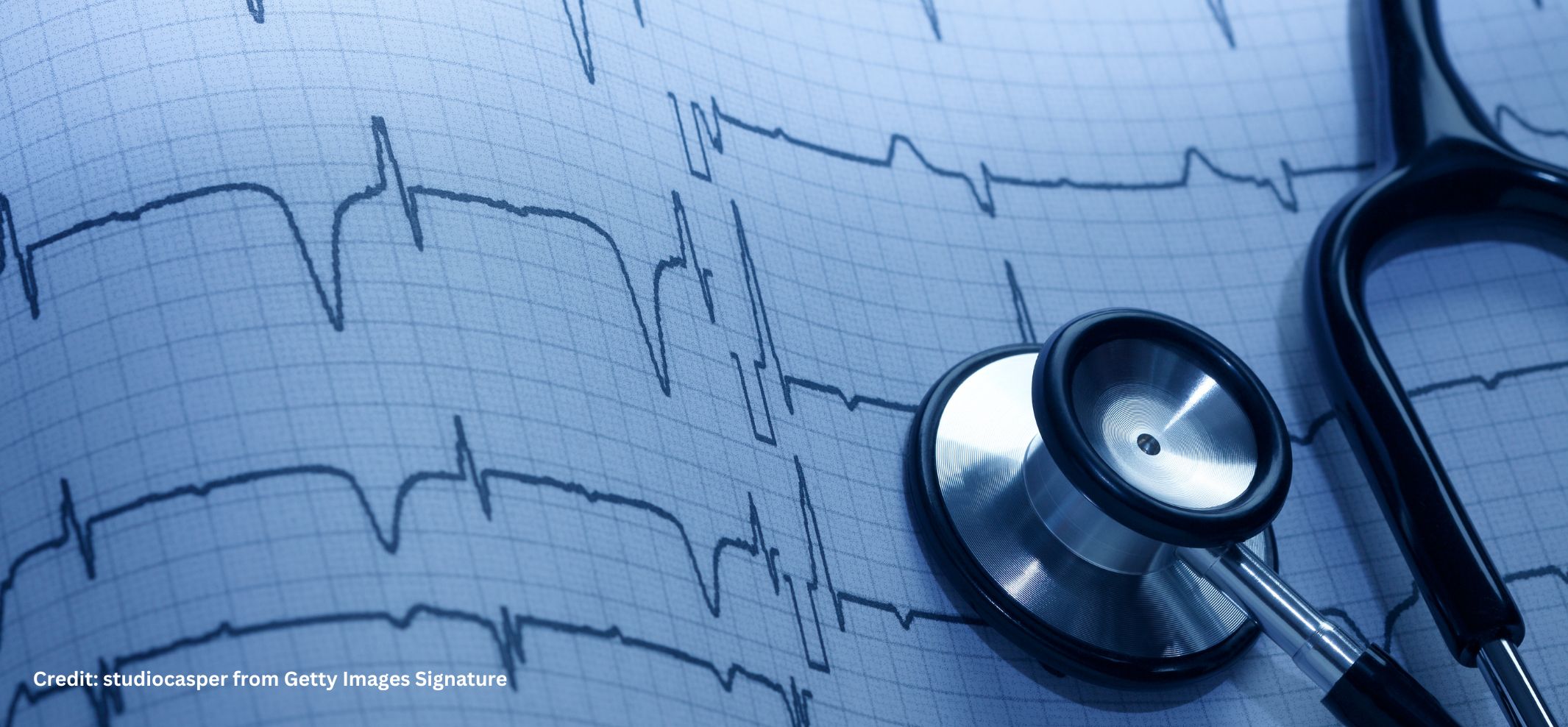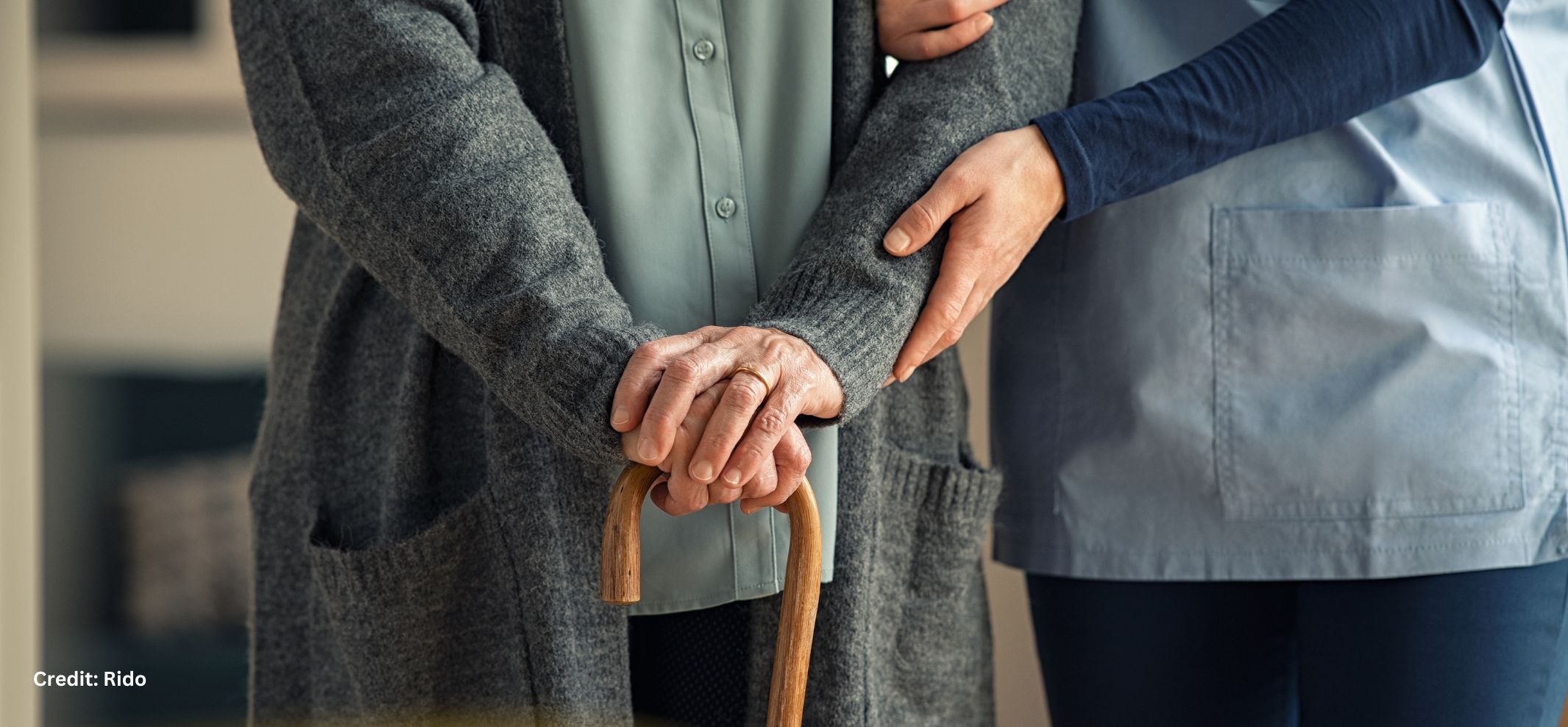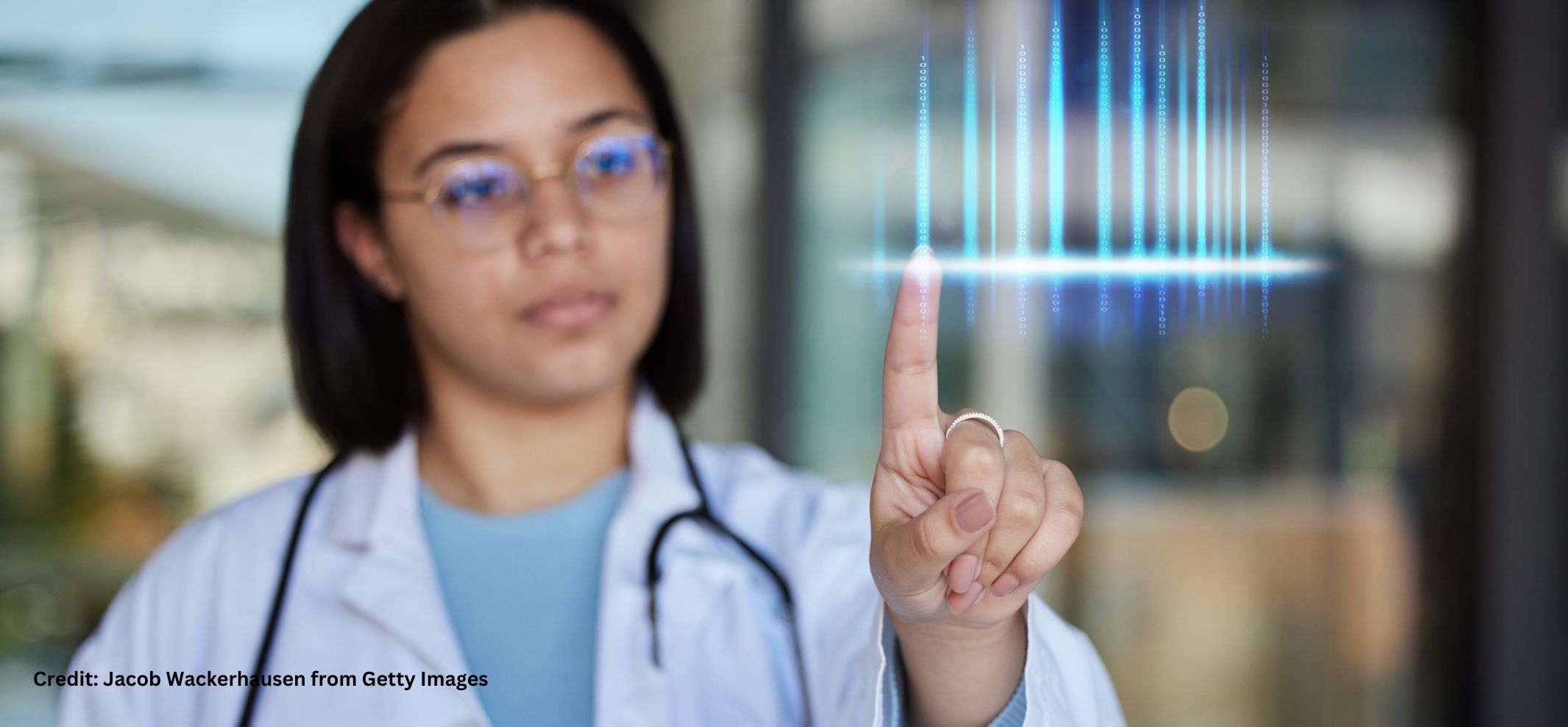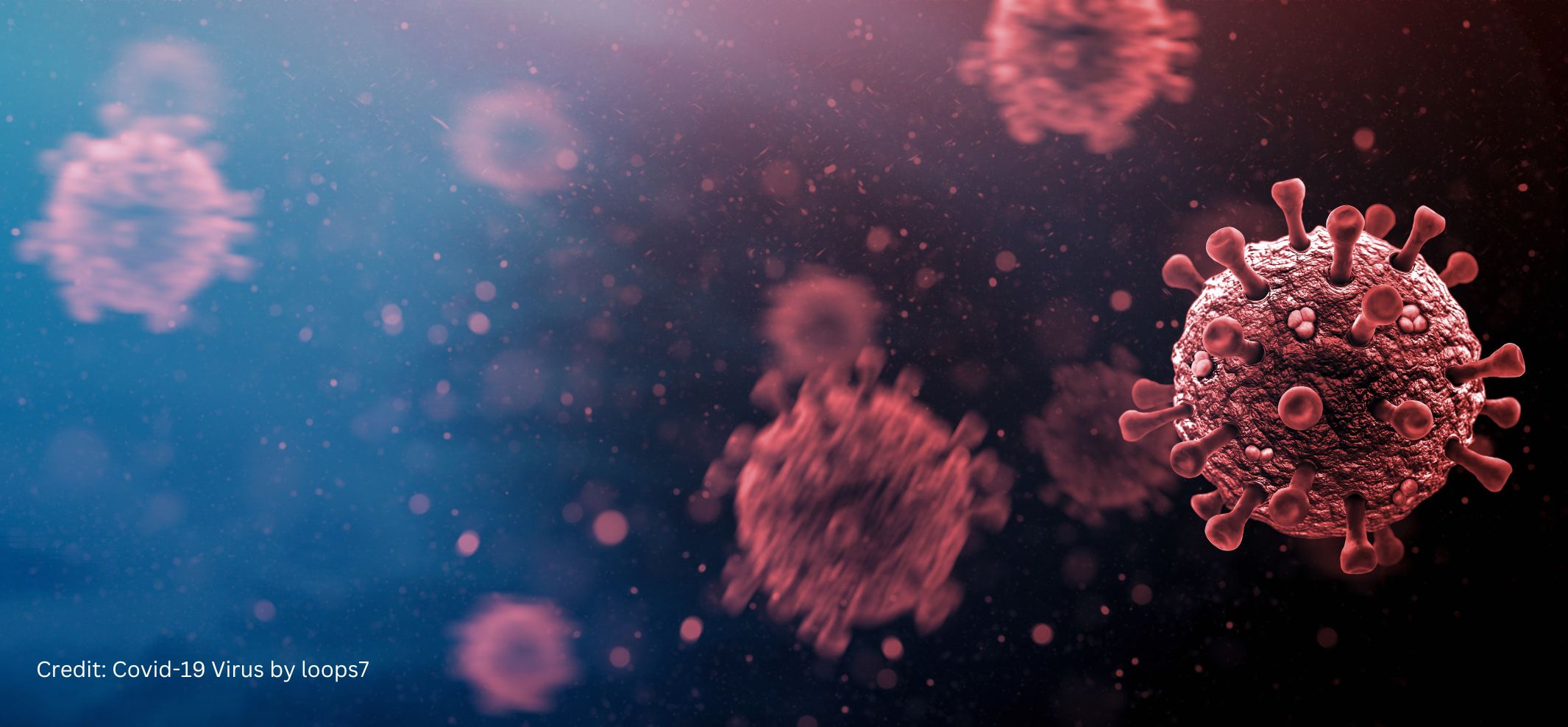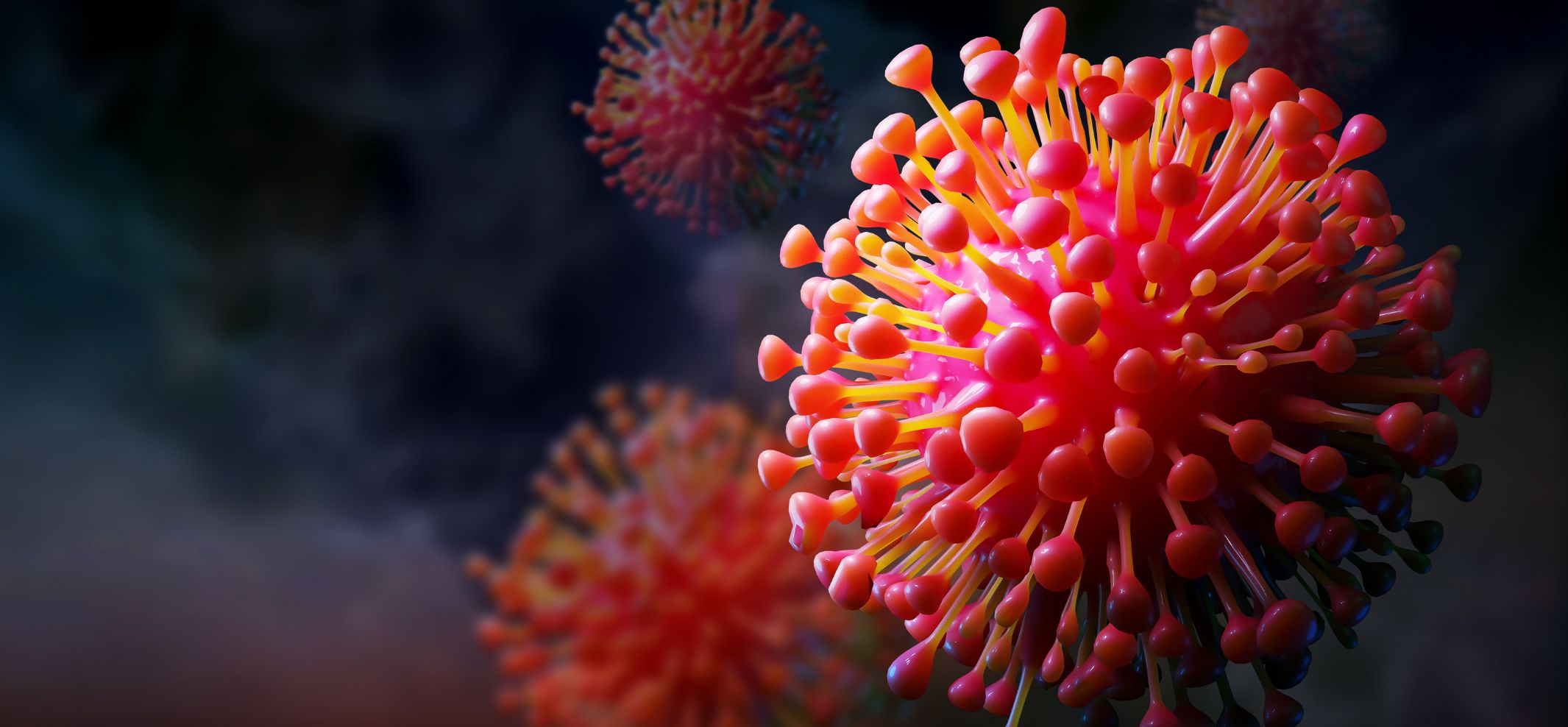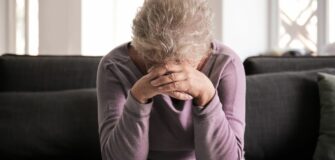Eye health is a critical aspect of overall healthcare and well-being. Unfortunately, not all individuals have equal access to eye care services.
Women and girls, in particular, face significant barriers when it comes to accessing eye health services.
The Fred Hollows Foundation, a global organisation focused on ending avoidable blindness, is taking a gender-responsive approach to eye health programming, recognising that men and women have different needs, preferences, and interests.
Healthcare Channel had the opportunity to speak with Dr May Ho, Optometry and Primary Care Adviser at The Fred Hollows Foundation, to learn more about their significant strides in improving eye health outcomes for women and girls around the world.
The role of technology in eye disease diagnosis and treatment
Dr Ho highlights that technology has a vital role to play in screening and increasing the diagnosis of certain eye diseases, especially in remote areas where human resources for eye care are not available.
For example, diabetic retinopathy can be screened using retinal cameras operated by trained operators, and the images can be analysed using AI systems or read by eye care professionals.
“There are AI systems now that can detect diabetic retinopathy quite accurately to be referred to eye care professionals for further assessment and treatment. This potentially means reaching people who live in remote areas where human resources for eye care are not available and freeing up the time of eye care professionals to provide treatment and follow-up.”
“However, technology is not the panacea for all eye problems. Uncorrected refractive error (needing spectacles or correction to see) is one where technology is not a substitute for accurate diagnosis (measurement) due to human factors. In time, these barriers may be addressed for certain sectors of the population.”
She notes that there is a lot of innovation emerging in the field of technology and eye care, and it is an exciting space to watch.
Notable changes in eye care services for women and girls
Dr Ho has worked in public health and development throughout her career. Over time, she has seen gender awareness improve, with many organisations and service providers collecting gender-disaggregated data to better understand who is accessing their services.
“Organisations like The Fred Hollows Foundation, where I work, actively implement programs that target women and girls both in the delivery of eye care services and in providing training opportunities. For example, we have an ophthalmology fellowship program for women ophthalmologists from Low and Middle-Income Countries.”
The foundation also analyses gender and health inequity data in the countries where they work to increase equity.
“If women and girls bear the bigger burden of visual impairment and blindness, then women and girls need to be receiving more services than men to increase equity. Despite all the work that has been done, there are still more women and girls (55%) with vision loss than men and boys. So there is still a lot that remains to be done.”
Challenges in delivering eye health services
Delivering eye health services worldwide is not without its challenges.
Amongst the challenges faced are the low priority of eye care, availability of human resources and infrastructure to deliver care, poor quality of services, low awareness of eye care (both the community and government), and sustainability. The foundation addresses these with advocacy, training, and health promotion strategies.
“It was great for me to return to the hospital where I trained refraction trainers in Vietnam back in 2008 to meet up with the trainers (all women) who are still supporting the training. The hospital continues to run refraction training courses to this day.”
The foundation’s priorities and initiatives to improve eye health outcomes for women and girls
Women and girls are overrepresented in rates of avoidable blindness and vision impairment, and the Fred Hollows Foundation is committed to placing women and girls at the center of their programming, service delivery, partnerships, and global advocacy work.
“Because women make up 55 per cent of the world’s blind population, training women to become eye health workers and educators is a core part of what we do.”
The foundation is training more women to become eye health workers and educators and has launched the She Sees campaign, which aims to narrow the gap and help ensure more women get access to eye health services. Through She Sees, the foundation is committed to achieving equity in eye health outcomes for women and girls.
The number of women in optometry and ophthalmology is increasing, which is a positive development in breaking down access barriers in some countries and situations.
“Fewer blind women in the world is a win not just for those women, but it’s a win for all of us and is a major step in the fight against avoidable blindness.”
Improving eye health outcomes for women and girls is critical for achieving global health equity, and the Fred Hollows Foundation is at the forefront of this important work. By taking a gender-responsive approach to eye health programming, the foundation is ensuring that all individuals have equal access to eye care services, regardless of their gender.
This article was originally published in the Third Sector.
Ritchelle is a Content Producer for Healthcare Channel, Australia’s premier resource of information for healthcare.
